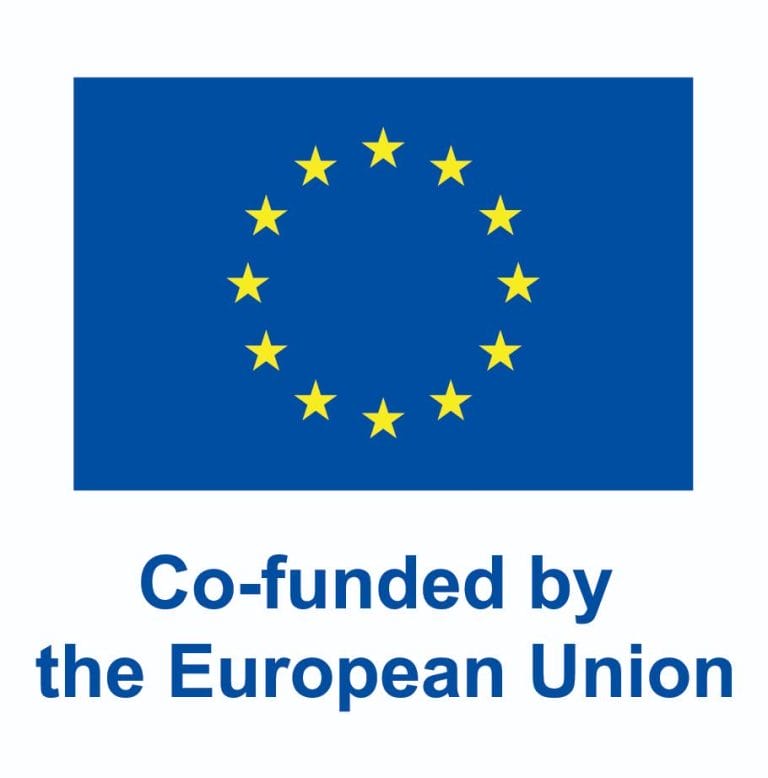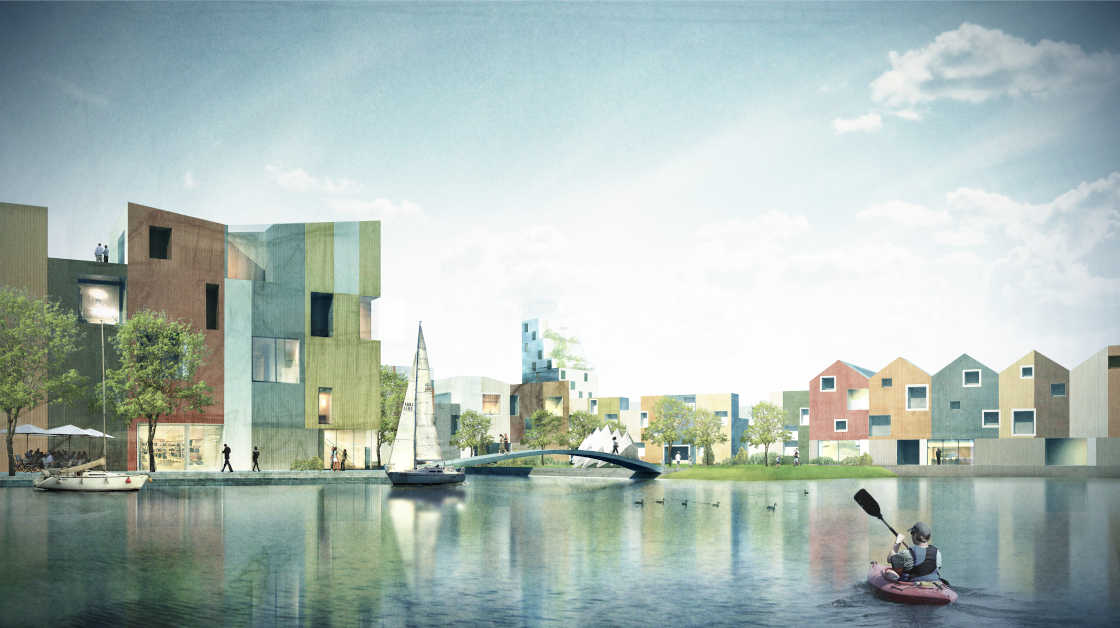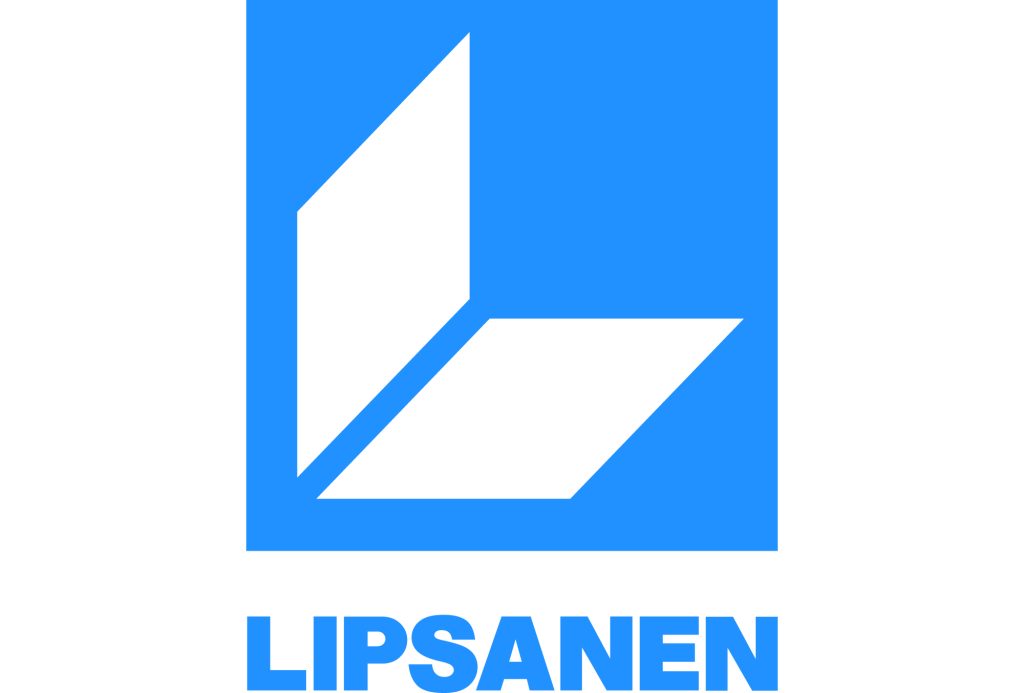


Concepts of low-carbon regional construction
Low-carbon solutions for building the future
The concept design is implemented as a participative collaborative project, where participative design methods are used and solutions are sought for low-carbon regional construction of the future.
The low-carbon South-Savo of the future
Future solutions for regional development sites in Mikkeli and Puumala.
Construction and buildings produce about a third of Finland’s greenhouse gas emissions. In order to achieve national and international climate goals, emissions from the construction industry must also be reduced.
Finland is one of the first European countries to make the low-carbon nature of a construction project one of the conditions for granting a building permit.
The goal of Etelä-Savok’s low-carbon regional construction concepts is to support the construction industry in emission reduction projects and to look for new openings for implementing low-carbon construction in the region. The project maps and predicts the future of low-carbon and energy-efficient construction and develops regional expertise in low-carbon construction.
The project produces new information about new environmentally friendly and sustainable solutions used in construction, such as the possibilities of wood and other raw materials produced in the province in the development of low-carbon construction.
This will be great!
The goal of the project is that industry players related to low-carbon construction and energy efficiency recognize opportunities to influence sustainable development and develop their competitive advantage in low-carbon solutions. The goal of cooperation between different sectors is to create broad-based environmental construction solutions that take into account user orientation and customer focus at the center of development. The development activities of the project are aimed at content-significant and visible regional construction sites located in the Etelä-Savo region, the promotion of which also has a wider impact on the development of a positive image of the region.
The main activity of the project
TP1: CONCEPTUAL DESIGN OF LOW-CARBON AND ENERGY-EFFICIENT BUILDING
In the conceptualization process, low-carbon and energy-efficient construction ideas and future solution models suitable for example sites are sought, which are applied to the construction projects of example sites.
Conceptualization processes for regional construction sites are implemented, where future solutions are sought for low-carbon and energy-efficient construction of the regions. The conceptualization process consists of participative workshops, where parties interested in the development of the example area (companies, experts) seek potential construction and energy-related solutions for the future of the area. The goal is to find the most functional climate solutions in terms of regional development, which also take into account social and cultural sustainability more broadly.
As a result of the conceptualization process, a wide range of different solution models is created, from which the most interesting solutions in terms of example sites are selected and concept-level plans are drawn up for their application in example sites.
TP2: MATERIALS AND LOW-CARBON CONSTRUCTION
The work package examines and evaluates and defines the potential of the material solutions presented in the concept plans in terms of low-carbon construction. In the assessments, the carbon footprint assessment method of buildings prepared by the Ministry of the Environment is used and applied.
Overall optimized structural and material solutions are sought for example sites and their carbon footprint and carbon handprint effects are evaluated. In the evaluation of structural and material solutions, the entire life cycle of construction is taken into account, i.e. also the manufacture of building materials, construction, prevention of the generation of construction waste and recycling. The goal is to identify cost-effective ways to reduce the environmental impact of regional development.
TP3: ENERGY-EFFICIENT REGIONAL BUILDING
In Finland, buildings consume about 40 percent of all the energy we use. Energy efficiency therefore has a direct connection to climate-warming carbon dioxide emissions and the low-carbon goals of regional construction.
The aim of the energy efficiency assessment is to find future solutions that are cost-effective in terms of example sites and increase the energy efficiency of buildings, which take into account the use of renewable energy, the reduction of energy consumption and the reduction of carbon dioxide emissions.
The starting point for the development of energy efficiency in regional construction is the possibilities of smart electricity and energy networks and energy demand flexibility as regional solutions. In terms of regional development, the potential of local energy sources (solar, wind and geoenergy) is emphasized. Energy simulation based on building information modeling and e-calculation are used in the evaluations.
TP4: COMMUNICATION AND LOW-CARBON BUILDING CO2 MANUAL
In the communication of the project, emphasis is placed on the communication to be carried out at the beginning and during the project, aimed at operators of low-carbon construction in the area. Participants for the workshop events of the conceptualization process are widely sought from companies and actors in the field, the workshop events are utilized in the communication of the project.
The results of the project will be compiled into the publication Low-carbon construction CO2 manual, which will allow the results of the project to be widely used in the planning of low-carbon targets for various low-rise construction sites. The CO2 manual for low-carbon construction is implemented as an electronic publication in Xamk’s publication series. The publication is also produced in separate, condensed and common-sense sub-assemblies, with which the results can be presented at various events and the content can be shared on social media.
Facts
Concepts of low-carbon regional construction
Info
Budget
Keywords
Project partners









